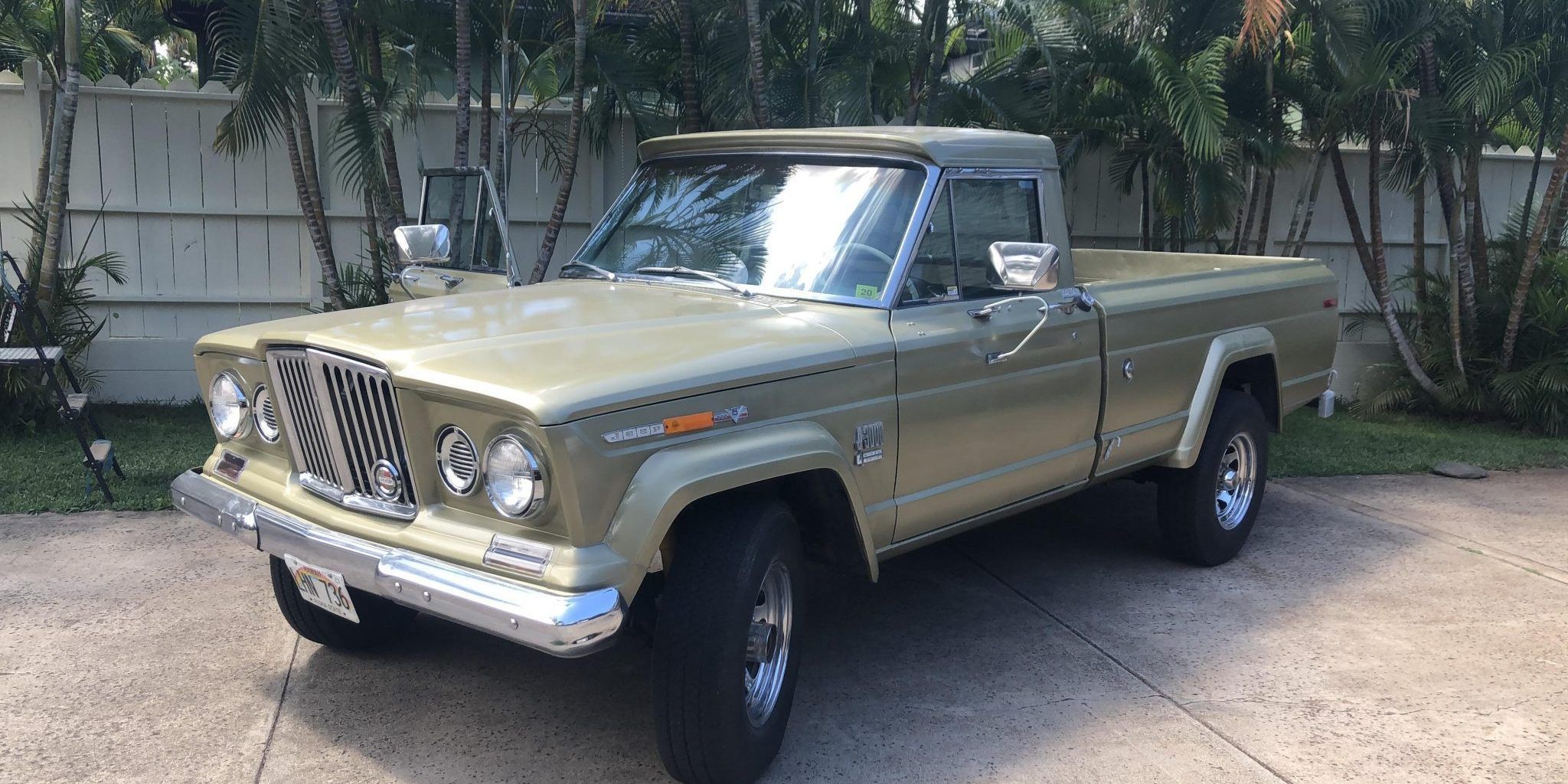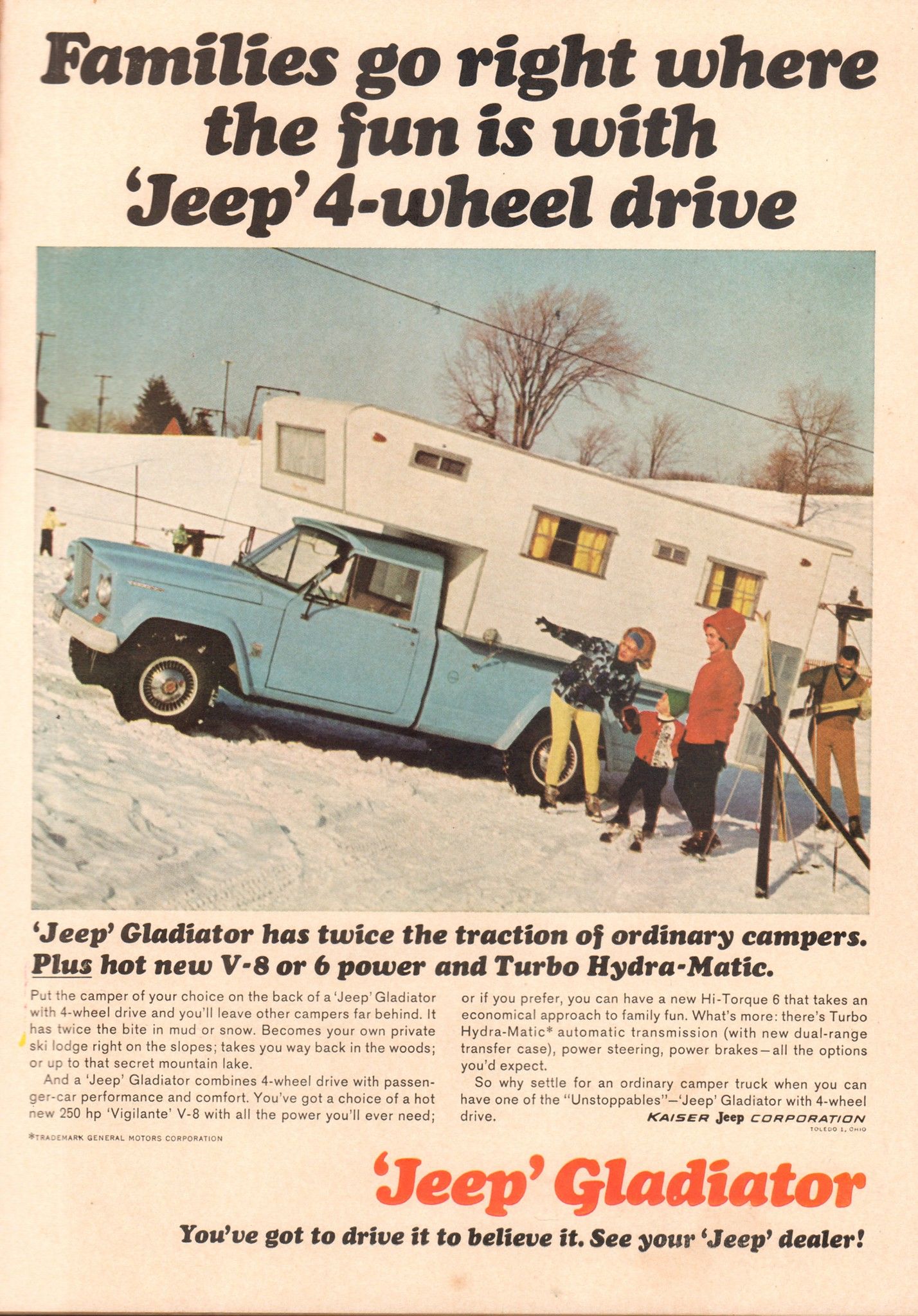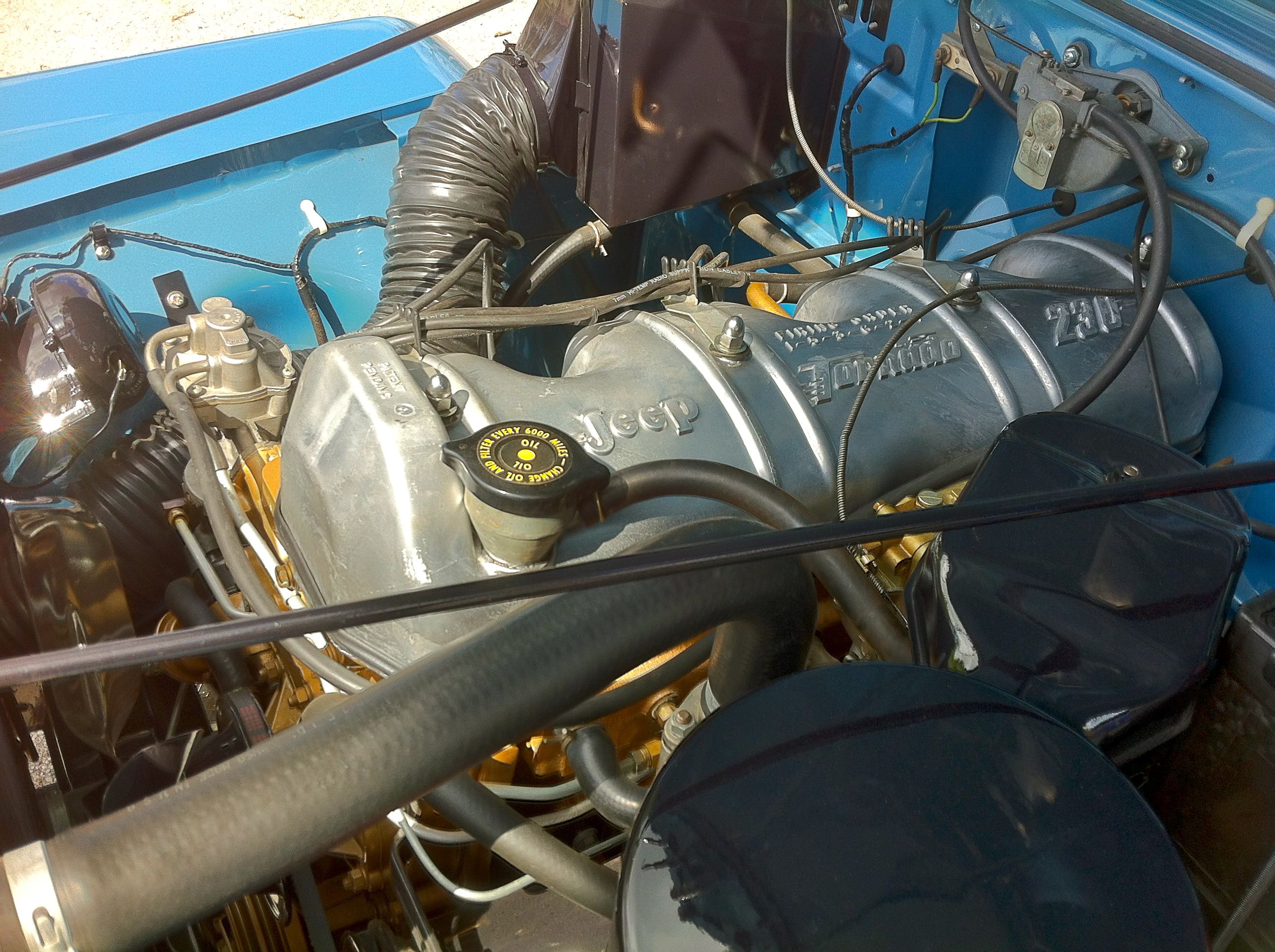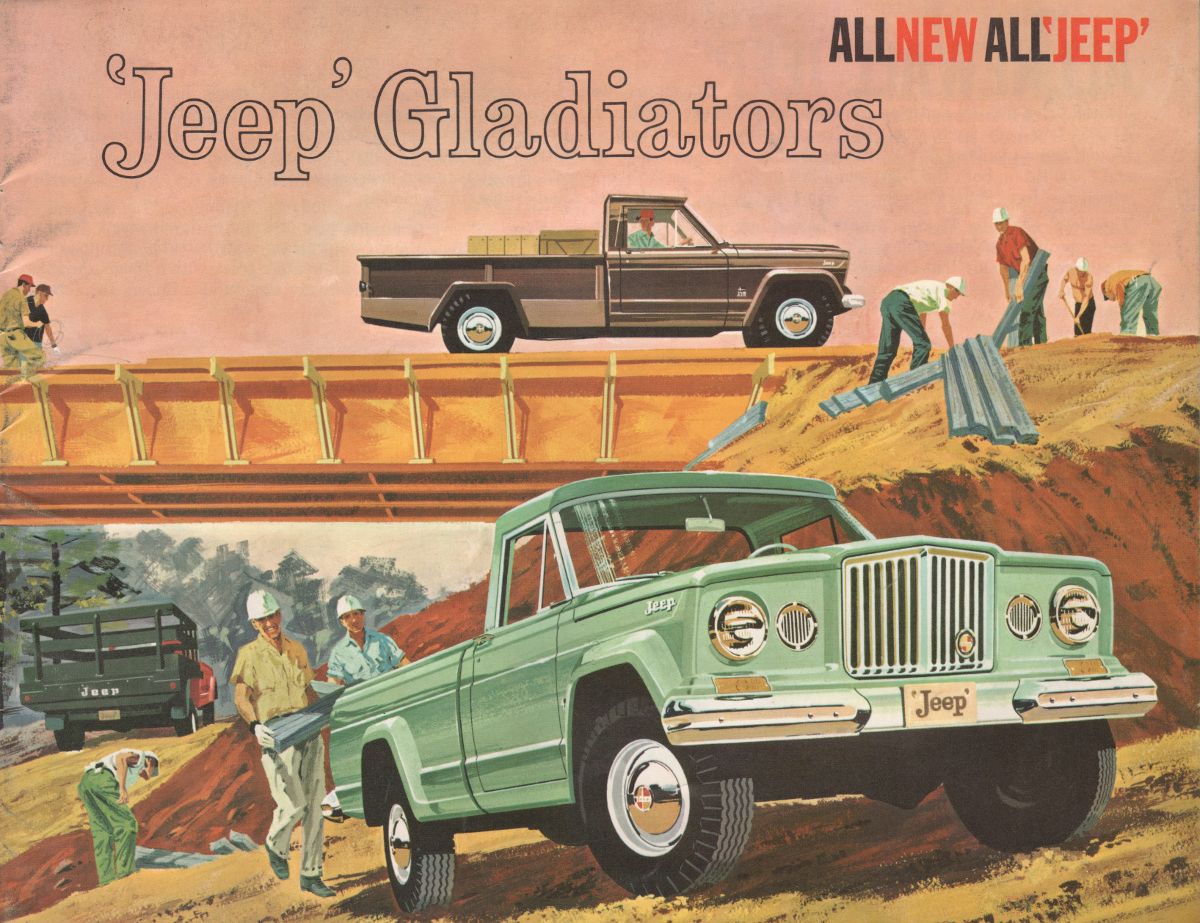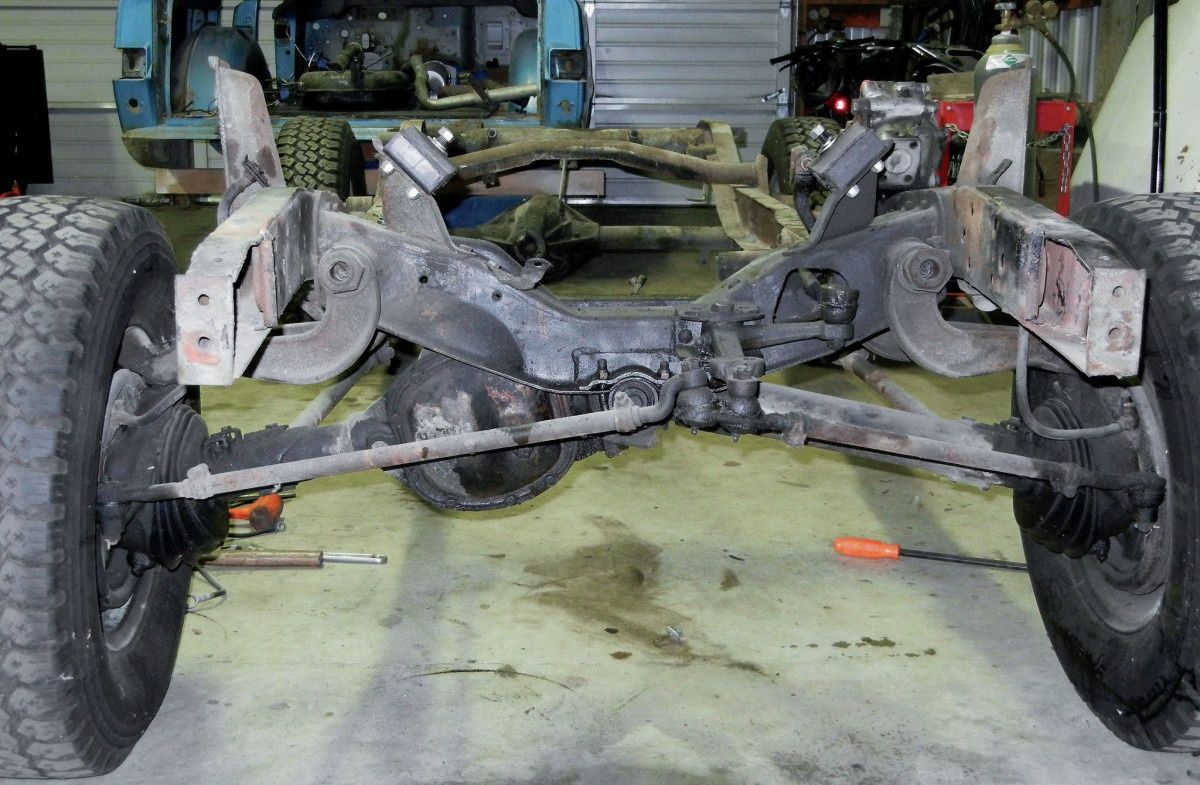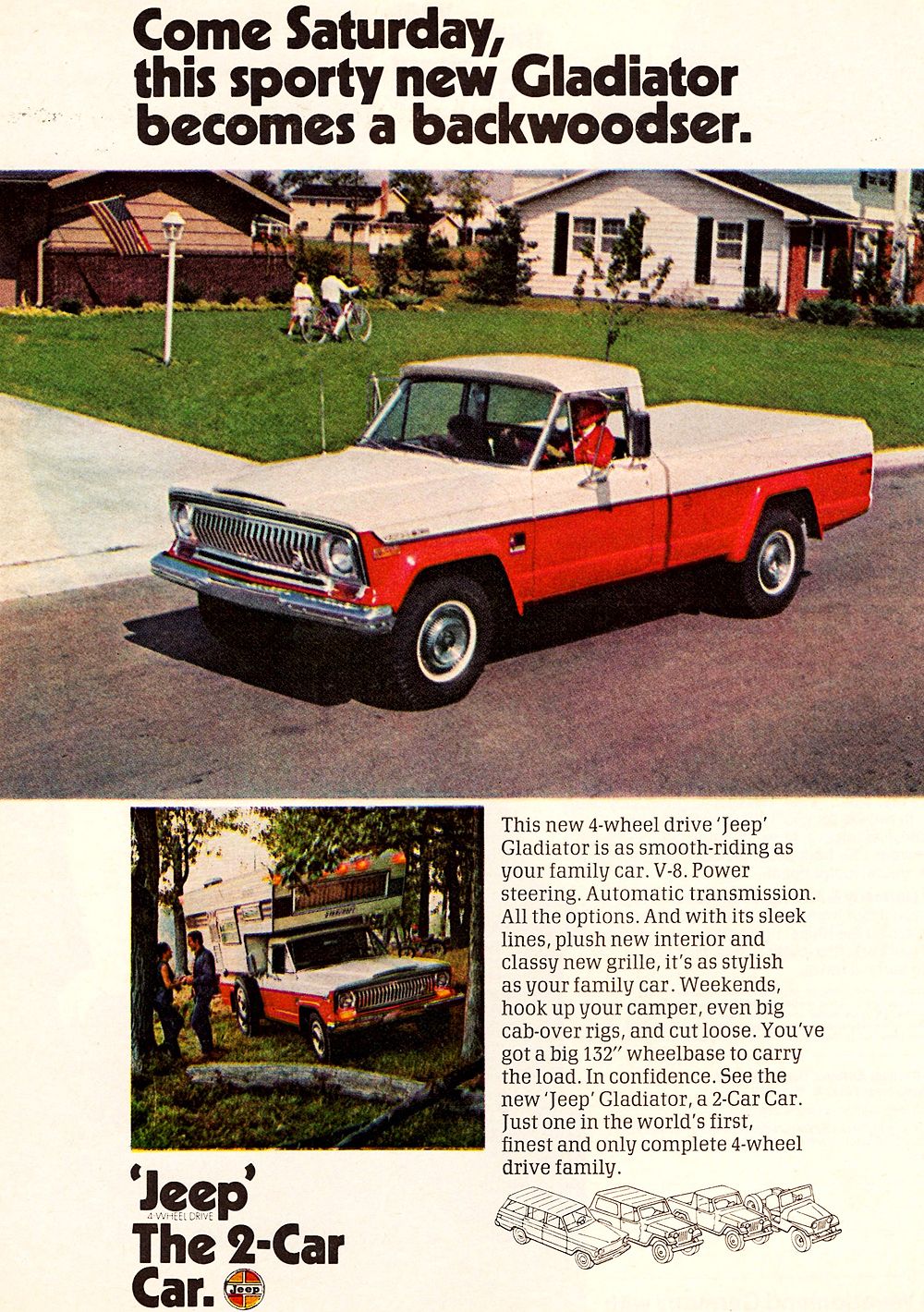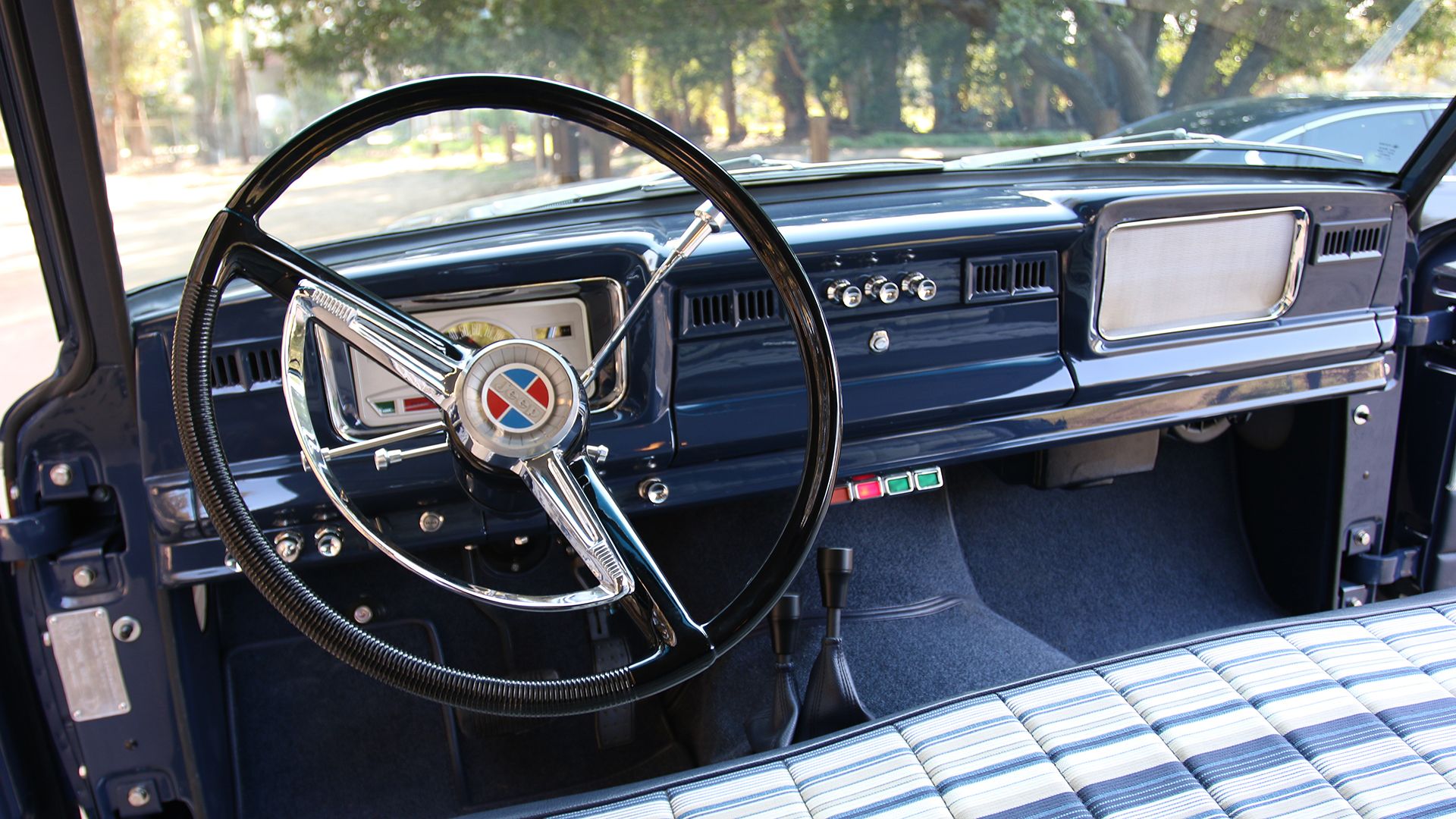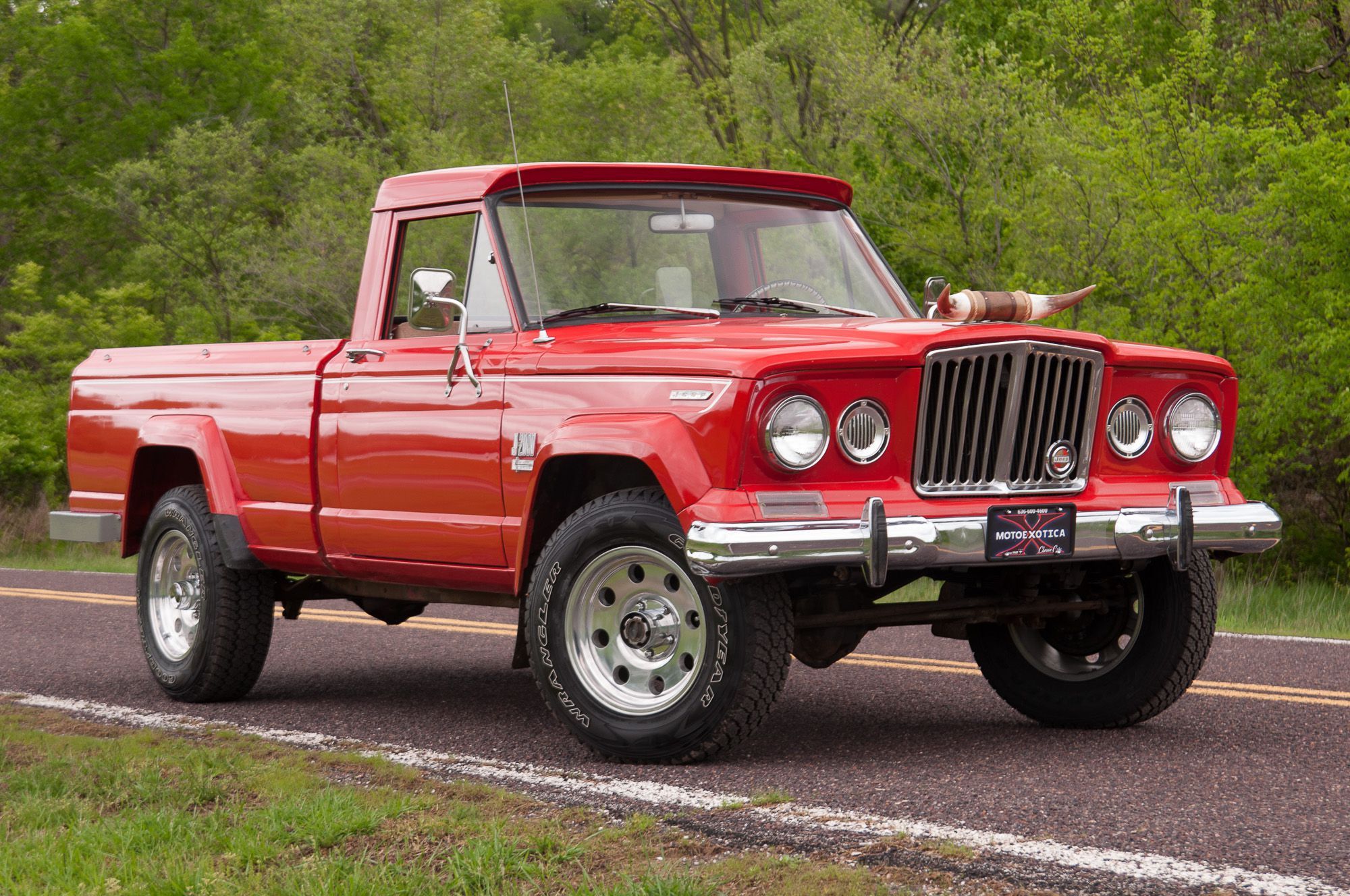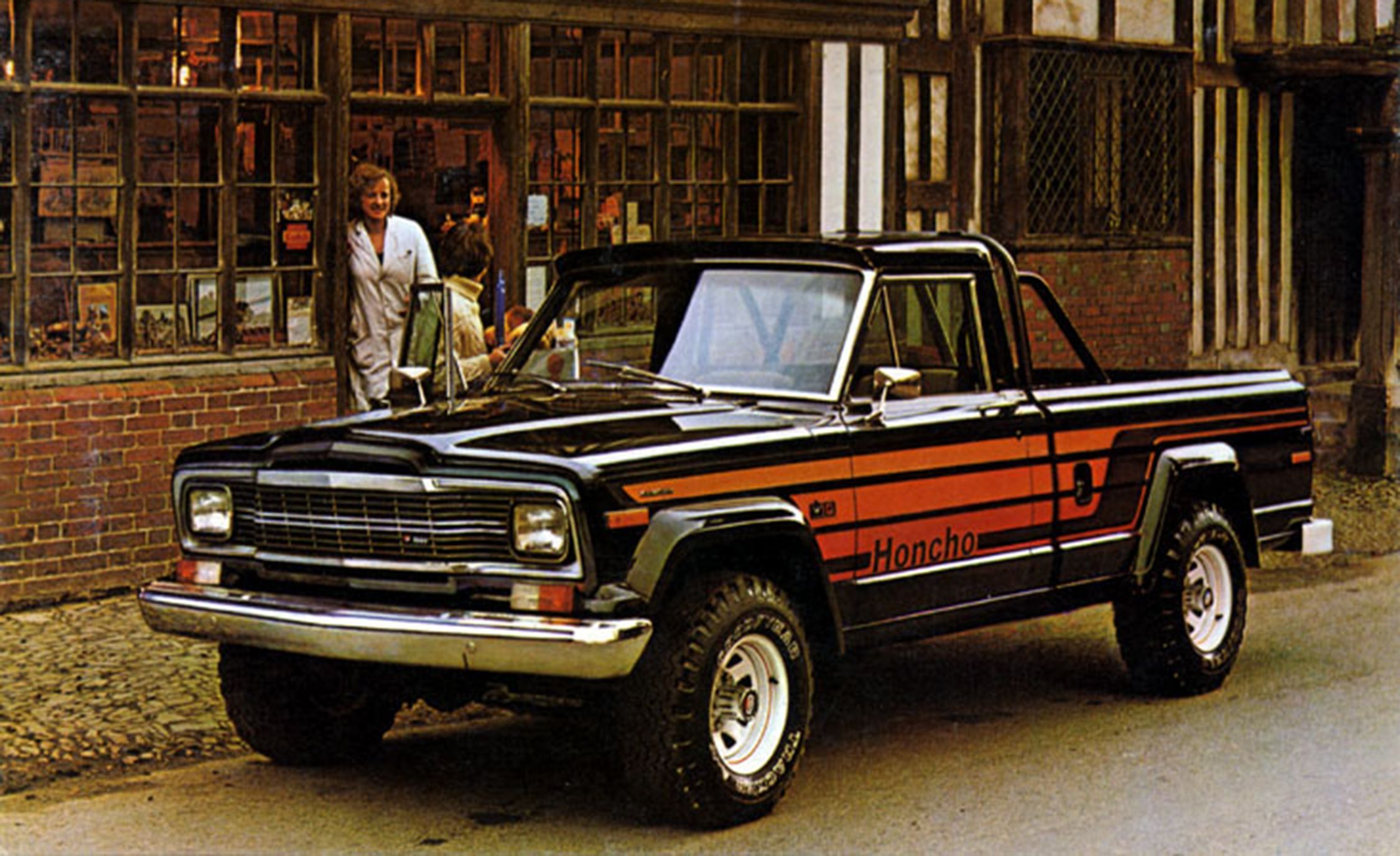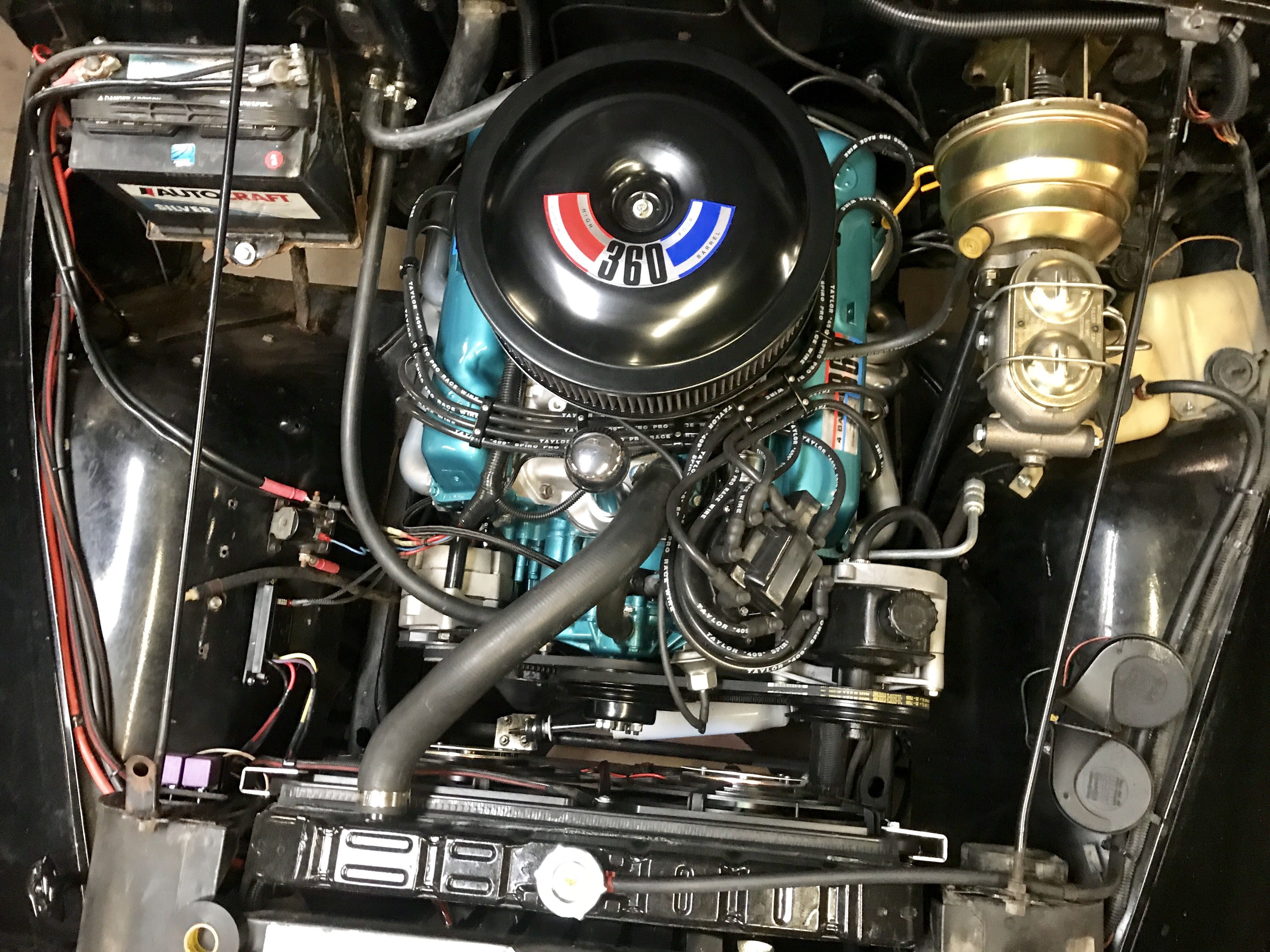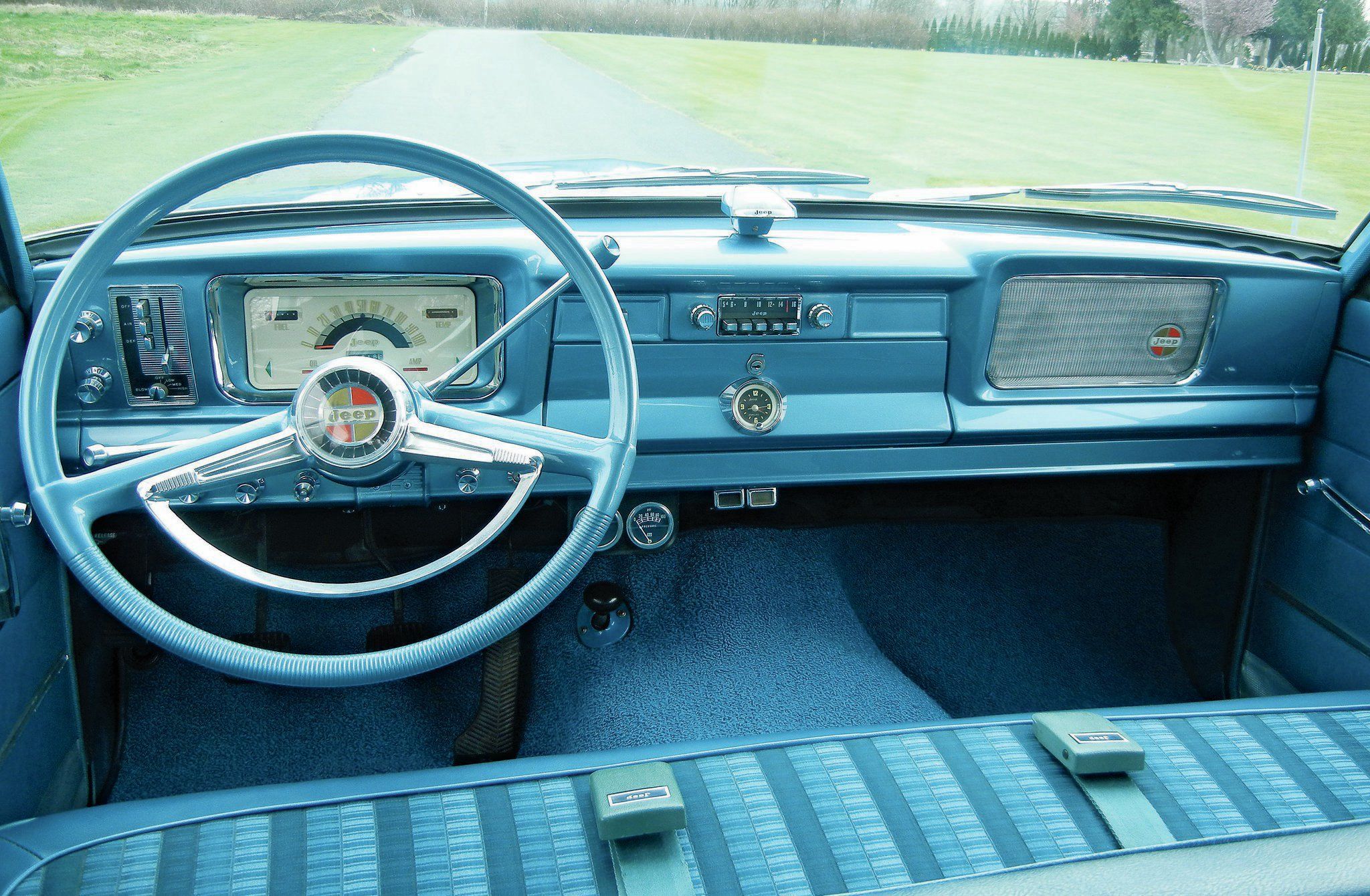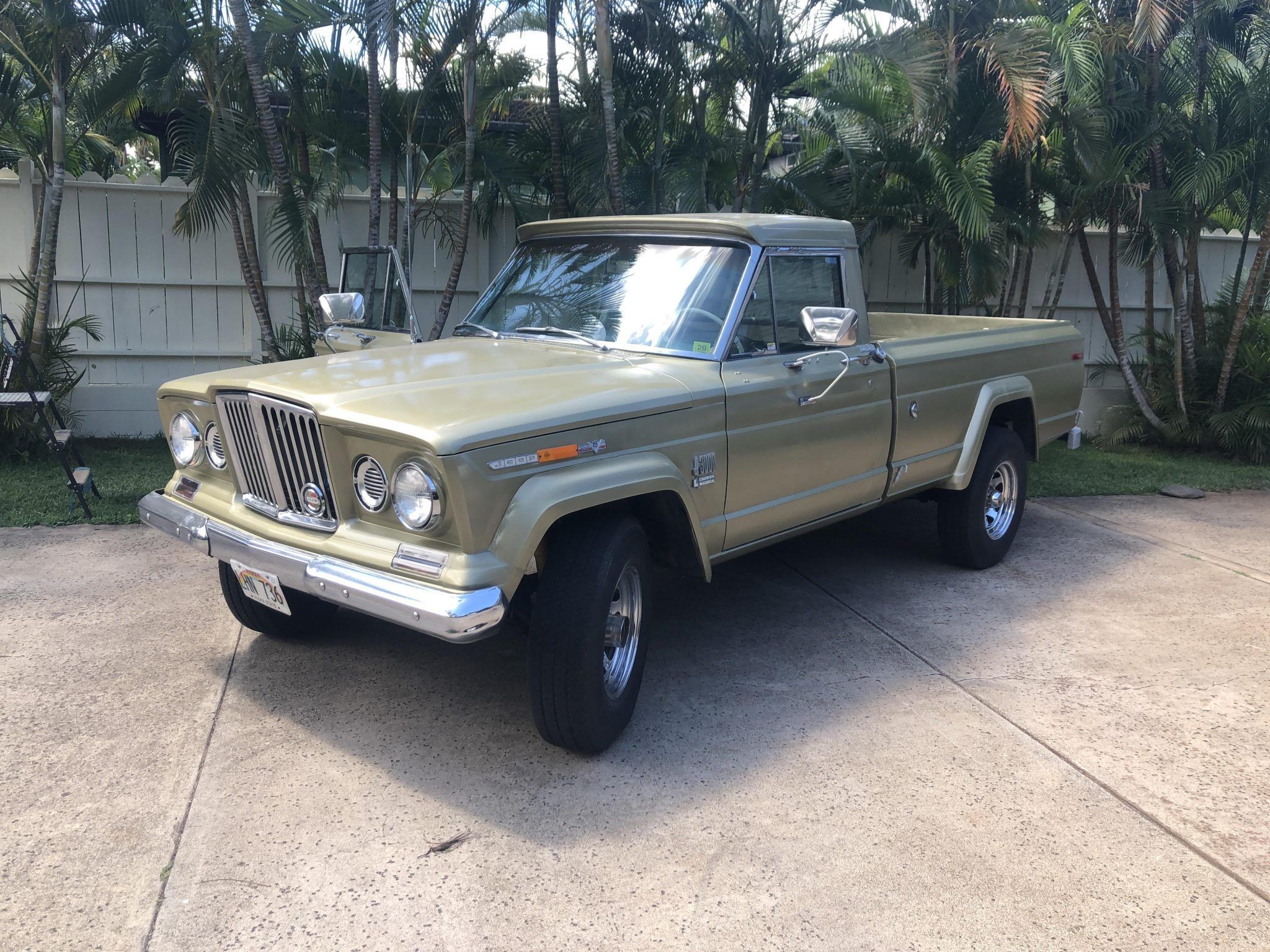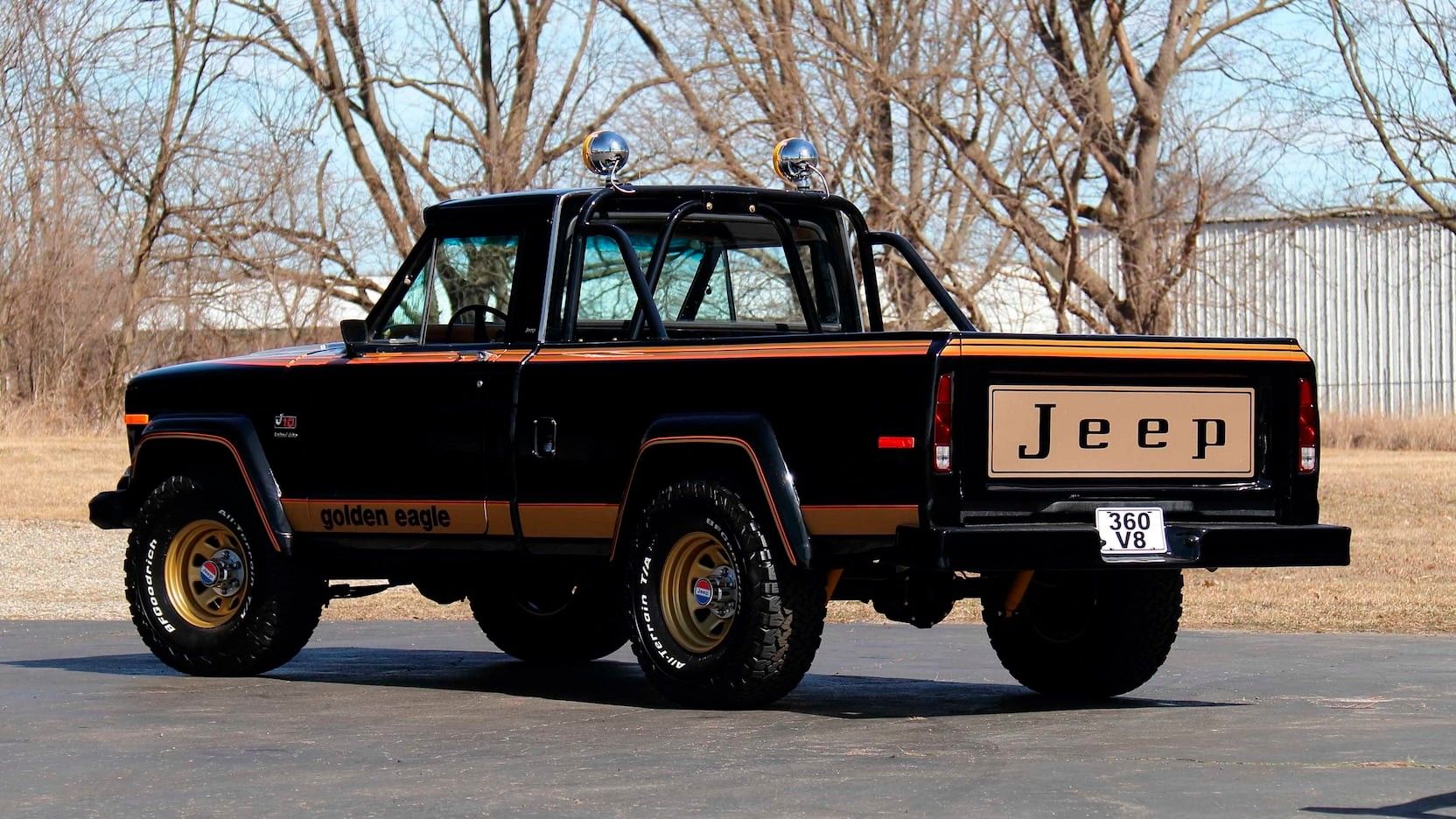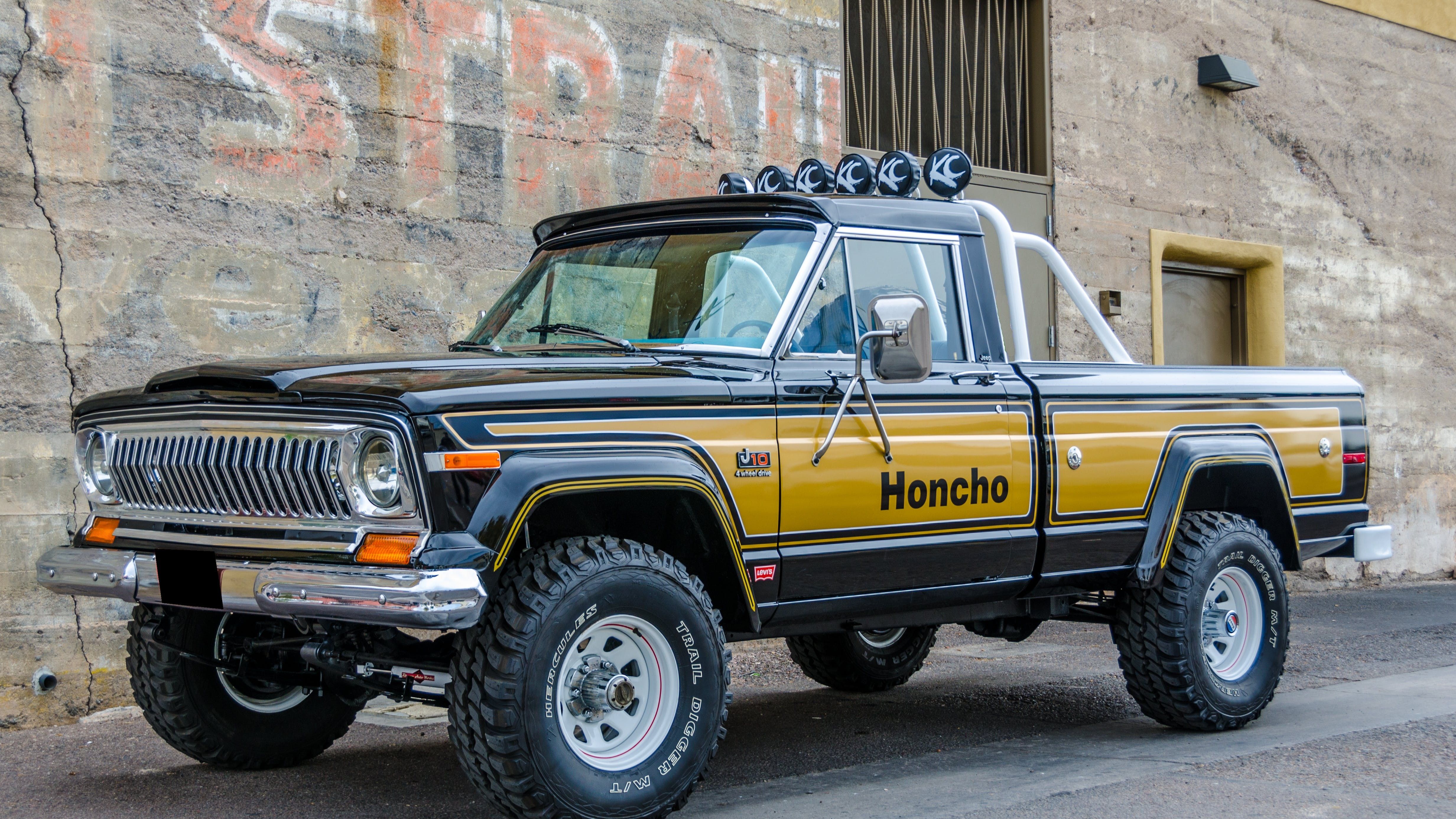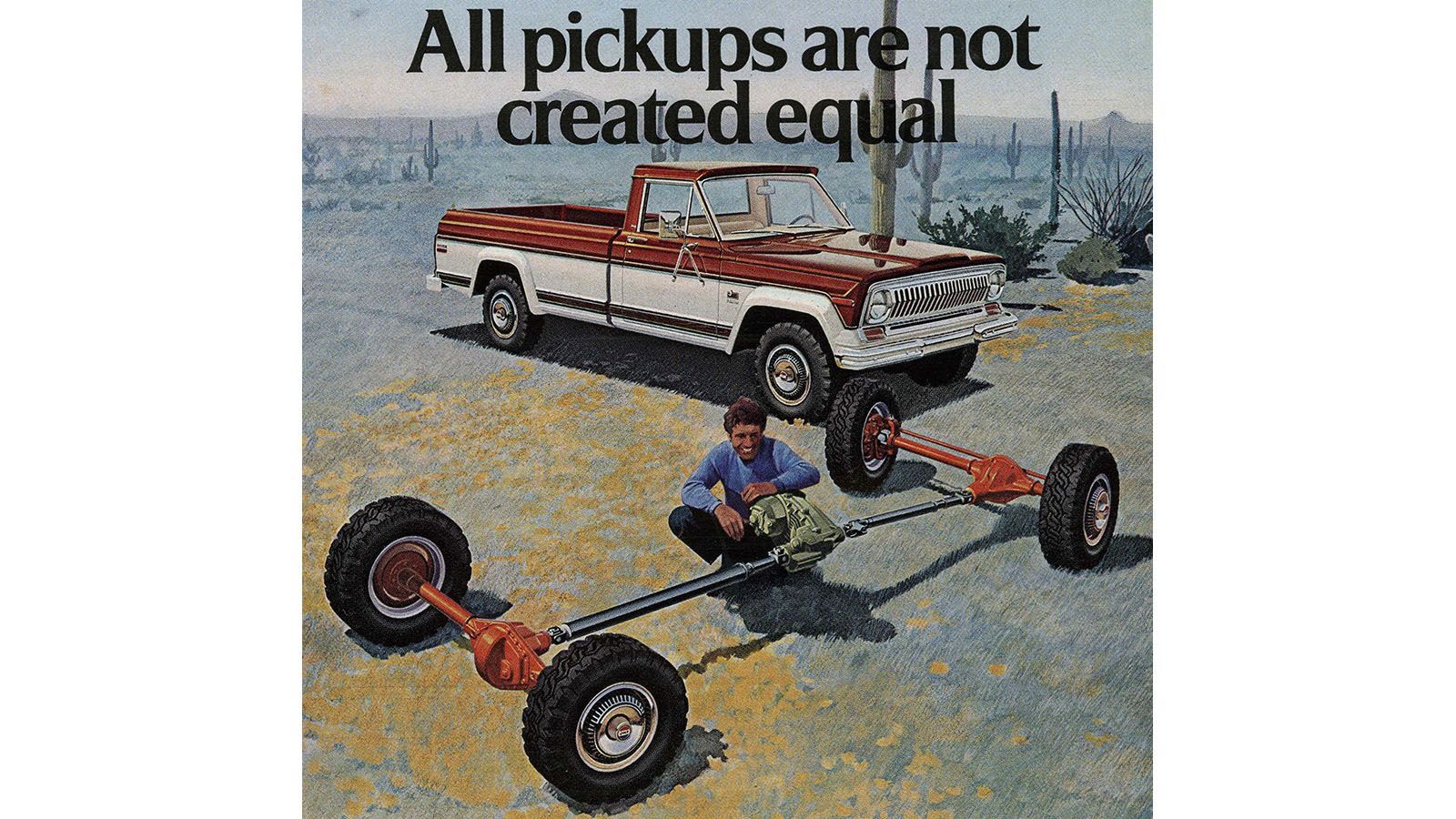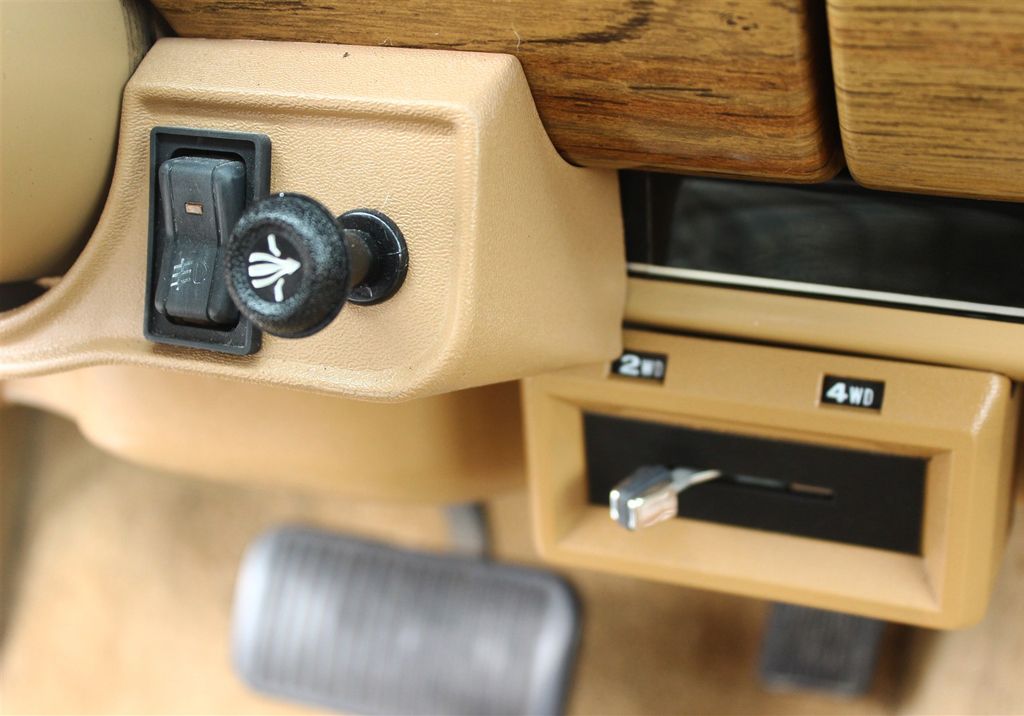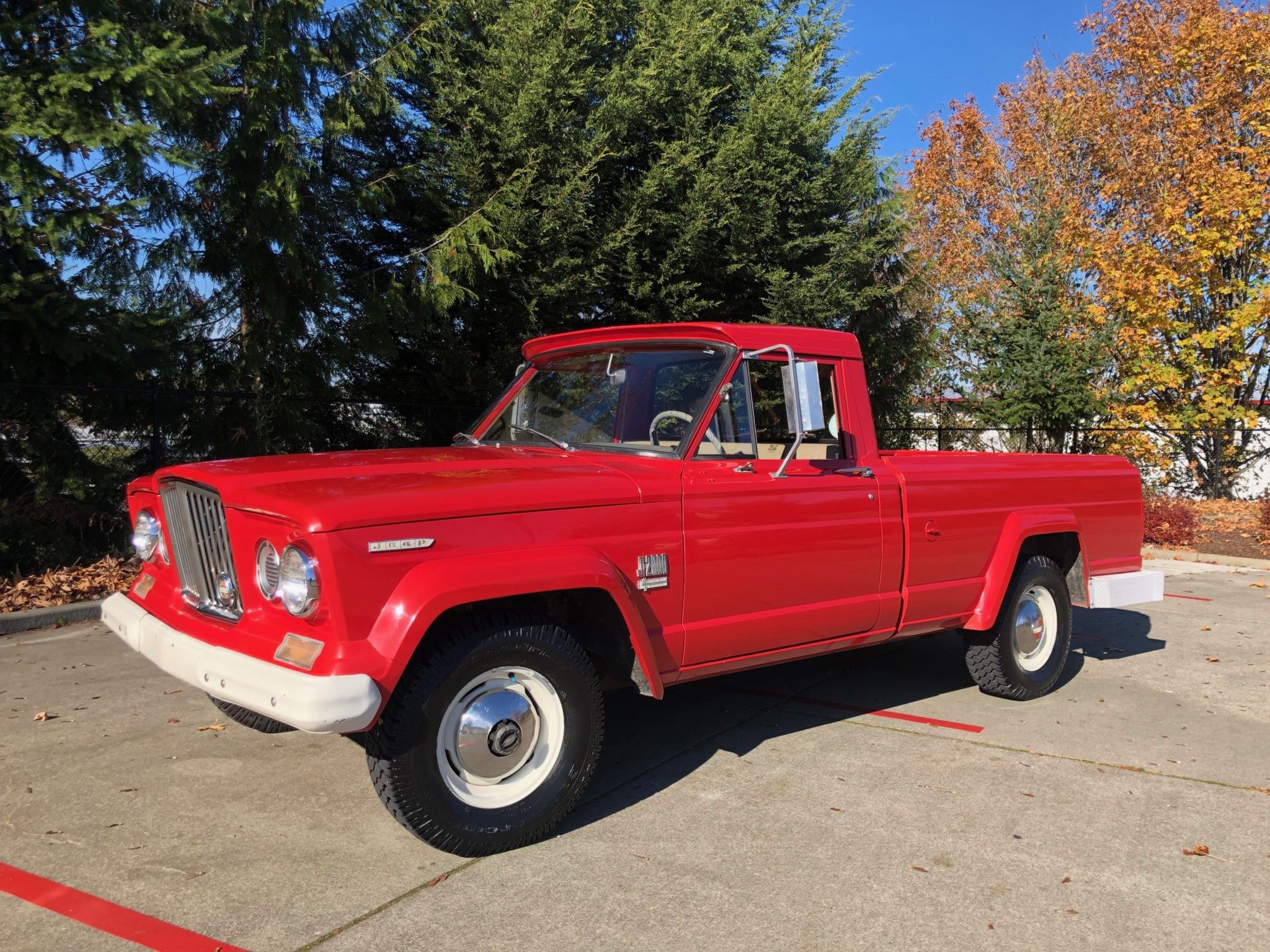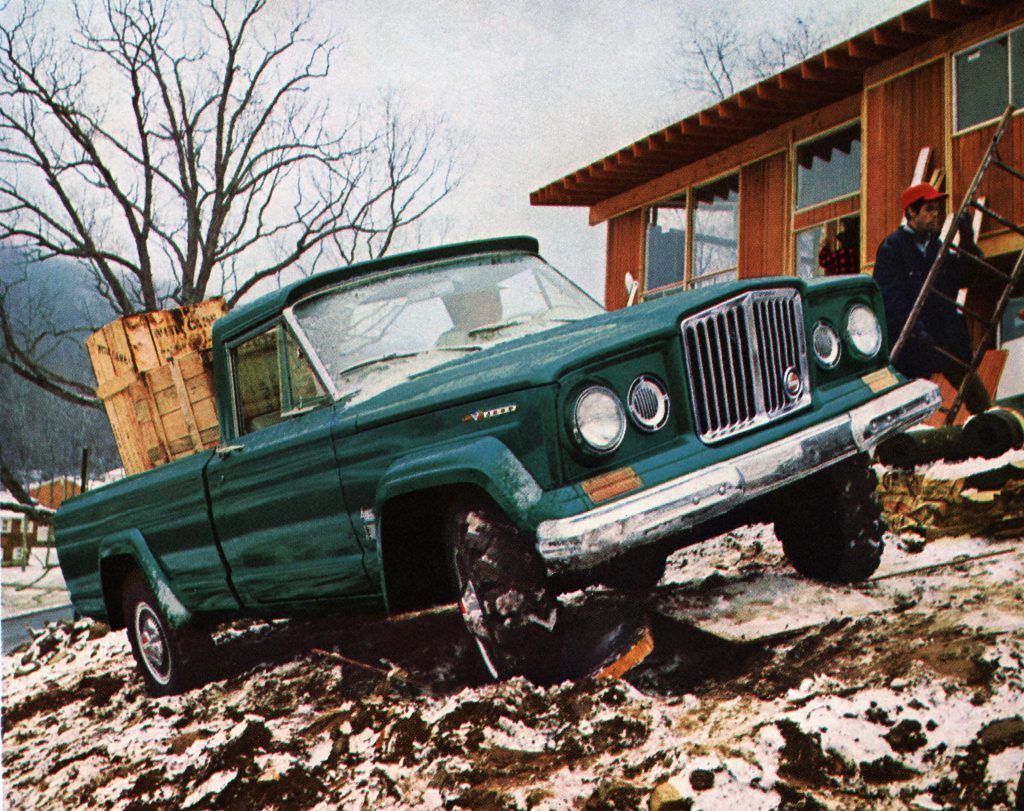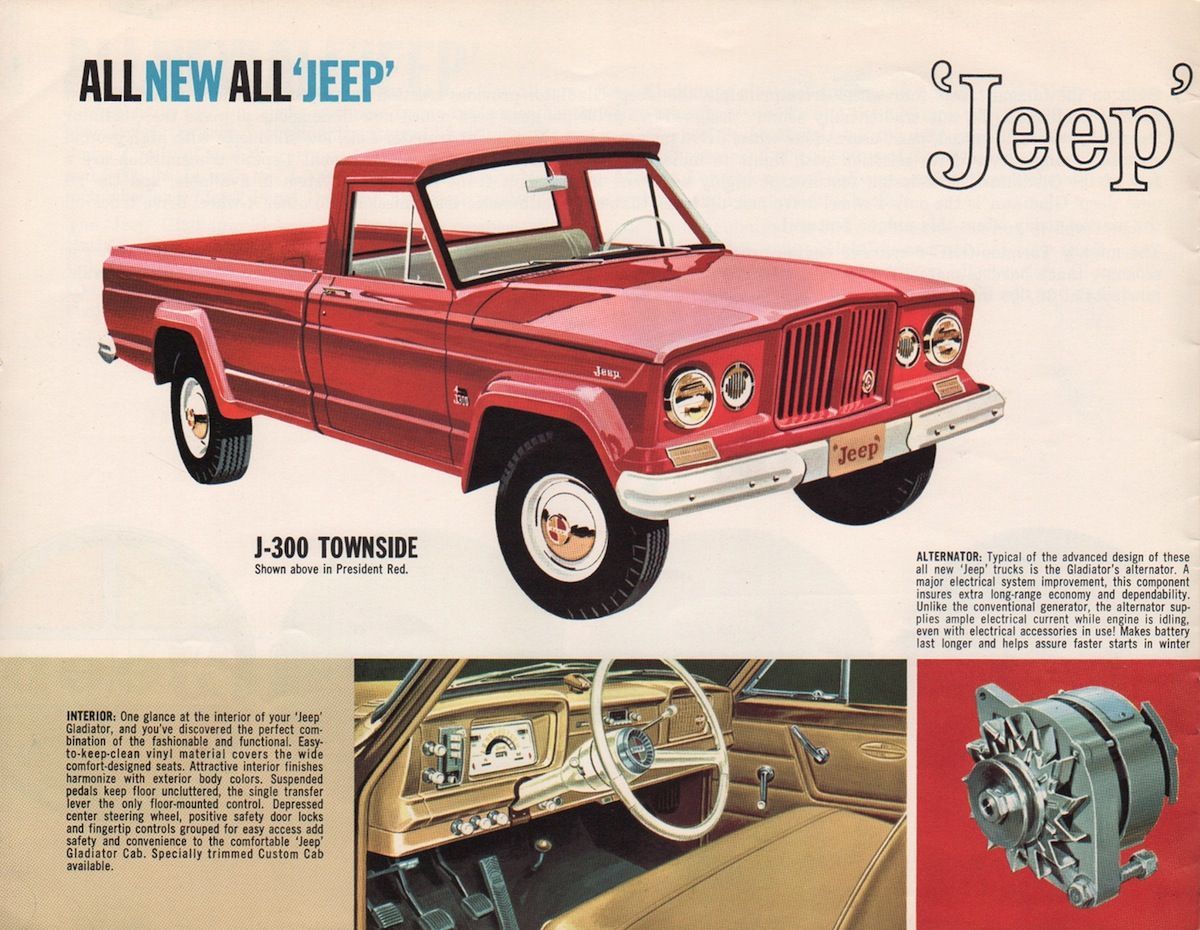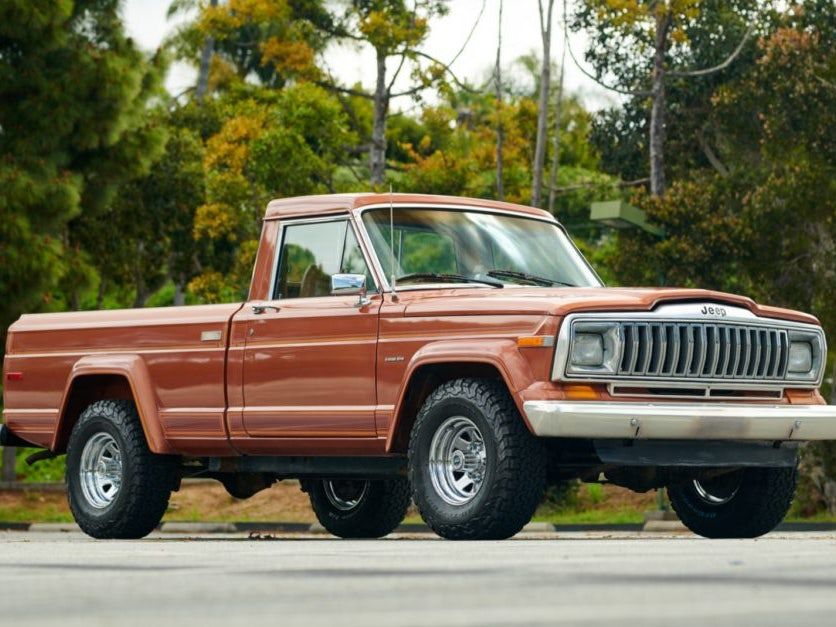For decades the Jeep brand has garnered critical acclaim. With a reputation for ruggedness and reliability, Jeep became a household name after World War Two. Despite many different parent companies, Jeep executives have long fought hard to ensure that the brand stays true to its original formula of building reliable and hard-working multipurpose vehicles in reach of the average American.
Before the Chrysler acquisition, the Jeep portfolio has always contained a truck. Finally, in 2019 a truck reappeared with the Jeep name and another iconic one alongside it, Gladiator. The name is a nod to the iconic American workhorse released in 1963. Though forgotten by many mainstream enthusiasts, the venerable trucks continue to serve their purpose to this day.
10 Designed To Be A 4x4 From The Start
In 1963 most four-wheel-drive pickups were offered as a manufacturer's afterthought. The systems were either adapted at the factory or by a third party before dealership delivery. Adding a four-wheel-drive system as an afterthought resulted in poor ride quality on standard roads and an unsystematic means of engaging the system. The all-new Gladiator for 1963 differed from its mainstream competitors as it was built from the ground up with a four-wheel-drive system in mind.
The result was a 4x4 pickup that had passenger car qualities on standard roads. Consumers could enjoy excellent handling and ride then easily shift into four-wheel-drive via an unobtrusive center shift lever.
9 The First Mass-Produced Overhead Cam Engine
The Jeep Gladiator was new from the inside out for 1963, and the drivetrain was no exception. Behind the tall-pointed grille was the entirely new Tornado 230 I-6 engine. Designed specifically for the Gladiator and Wagoneer, the Tornado 230 was the first modern, mass-produced overhead cam engine. Before the Second World War, automakers briefly experimented with OHC designs but ultimately decided against total production. The overhead-cam system was unique because one cam lobe opened the intake and exhaust valves on each cylinder.
The Tornado design was also under-square, a staple among Jeep engines. Instead of being designed with horsepower in mind, Jeep focused on creating maximum amounts of torque. The stout Tornado 230 returned 210 lb-ft of torque at just 1700 RPM. While the Tornado 230 was standard equipment, Jeep brought the iconic Super-Hurricane to the Gladiator lineup for 1965.
8 The First 4x4 With Independent Front Suspension
In 1963 the Jeep Gladiator became the first 4x4 pickup to offer independent front suspension. Available as an option, buyers could further enjoy the passenger car-like qualities of the Gladiator without having to forgo four-wheel drive. In the early 1960s, more and more average Americans were beginning to buy pickup trucks for moderate everyday use rather than strictly commercial.
With added versatility, the Gladiator quickly became a leader among middle-class Americans who wanted a capable everyday truck with the comfort of a 1960s passenger car. For buyers that wanted an authentic rugged Jeep undercarriage, a solid-front axle remained standard equipment.
7 The First 4x4 Pickup With An Available Automatic Transmission
To further enhance the Gladiator's aim at average middle-class Americans, Jeep went a step further by offering an automatic transmission. Borg-Warner built the heavy-duty three-speed automatic. The rugged design held gears long for towing and proved to be very durable. For the first time, 1/2 ton truck buyers could have the convenience of an automatic transmission with 4x4.
It would be years before mainstream competitors from Ford, Chevrolet, and Dodge adapt an automatic to their four-wheel-drive setup. When combined with optional IFS, the Gladiator offered an unmatched to-go with its class-leading capability.
6 An AMC V-8 Designed For Torque
In 1970 Jeep was bought out by AMC to help diversify the companies portfolio. AMC immediately got to work modernizing the Gladiator, creating what would become the J-Series line of trucks. Keeping all of the attributes that made the Gladiator a great seller, AMC updated the grille and added their own AMC 360 to the drivetrain lineup. The 245 HP 360 gave many consumers the needed push to commit to a Jeep pickup.
Despite a venerable inline-six series of engines, buyers longed for a complete lineup of V-8 options. AMC quickly adapted its in-house 360, making it available for the 1971 model year. The powerful V-8 fulfilled the needs of buyers who needed even more power. When equipped with the camper special towing package, J-Series pickups could now tow up to 10,000lbs.
5 Passenger Car Features
The original formula for the Gladiator was to create a comfortable pickup with passenger car-like features without sacrificing capability. While its contemporary truck competitors offered little more than radio as an available option, Jeep offered a series of car-like options for the first time in a pickup. Consumers got a complete passenger car style dash as standard equipment. To the left of the gauge cluster are the controls for the heater and optional air-conditioning. The controls are integrated, whereas contemporary offerings only offered tacked-on units beneath the dash as a dealer accessory. Color-coordinated interiors featured available deep-pile carpeting and patterned vinyl. A radio and clock also adorned the expansive dash on higher trims.
Outside, the original Gladiator features chrome bumpers, an upright chrome grille, window trim, and dual exterior mirrors. Buyers also enjoyed standard electric variable speed wipers as well as a standard alternator. These were two new technologies that were only beginning to trickle into passenger cars at the time.
4 Limited-Edition Trims
Following the Jeep acquisition by AMC, the company decided to spice up the aging J-Series lineup with many unique trim packages. These packages would consist of specialized paint schemes, auxiliary lights, and every option available on the standard J-series truck. The Golden Eagle, for example, features unique graphics, including a massive Eagle across the truck's hood and a lightbar raising from the bed. Inside, consumers were greeted with seats upholstered in Levis denim.
The 1976 model year saw the introduction of the Honcho trim level on the J-10. Like the Golden Eagle, the Honcho features a lightbar, unique graphics, unique wheels, and a denim coated interior. The Honcho also featured a premium sound system. Throughout the rest of the truck's life with AMC, it would never see another major update, carrying the same basic 1963 design until 1987.
3 Quadra-Trac 4WD
Among the many innovations that came out of the AMC era was the available Quadra-Trac 4wd system. Introduced in 1973, the system was the first of a series that consumers know as AWD today. The Selec-Trac 4wd remained engaged 24/7. When slippage was detected, the transfer case would send power to the opposing wheels to pull the Jeep out of the stickiest of situations. The system helped the truck hold a firm grip on the road in rain or snow on the highway.
In the 1980s, the system evolved to become Select-Drive, allowing for on-the-fly shifting between two and four-wheel drive. By this point, Jeep had created the most user-friendly 4wd system on the market.
2 Legendary Reliability & Ruggedness
The Jeep Gladiator continued the long Jeep tradition of reliable, rugged products. Despite being all-new, the Gladiator employed old-world Jeep techniques. Consumers could expect incredible build quality in a world before planned obsolescence. Jeep designed the Gladiator to serve its owners indefinitely.
In 2021 you can still find Jeep Gladiators transversing western cattle ranches as they have done for nearly 60 years. An unusual favorite among a unique breed, with examples that have known nothing but rugged countryside their entire lives, they stand as reminders of what Jeep quality used to mean.
1 An Unparalleled Production Run (1963-1987)
The Gladiator enjoyed a production run longer than most other pickups. From 1963 to 1987, the pickup mainly continued unchanged from its original 1963 form. Drivetrains and interiors saw updating, but the primary platform and body shell remained the same. Behind the grille of the 1987 model, empty mounting holes for the once upright grille remain.
Following the Chrysler acquisition of AMC, the full-size Jeep truck was discontinued in 1987. Chrysler saw no need to keep a truck that would only compete with its existing Dodge lineup. Still, loyalists to the original Jeep Gladiator stay true to the now-dated machine. Finally, in 2021, with renewed interest following the launch of the new Gladiator, values are on the rise substantially. Desirability is once again high for this forgotten example of American truck history.

